One of the great promises of drone technology is the use of small, relatively inexpensive, and easy-to-use remotely piloted multicopters and fixed-wing aircraft to replace helicopters for inspecting transmission and distribution electric grids.
For decades, these essential components of the electric grid have been mercilessly exposed to the elements day after day. This constant assault by heat, cold, vegetation, water, and wildlife constitutes a threat to the integrity of these transmission and distribution lines that are responsible for taking the electricity from the source to our outlets in every home and factory.
Up to now, these lines had to be constantly monitored to prevent outages using expensive helicopters and hordes of human inspectors driving ground trucks on perilous access roads and unforgiving terrain. Now, with drone technology and a multitude of different sensors, this important task is faster and safer. But how much time have we really saved by improving the field collection of data?
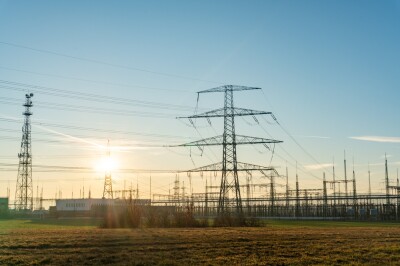
In late 2022, at the same time great advances were being made with remotely piloted aircraft (RPAs), ChatGPT was launched, marking the arrival of the first widely adopted generative artificial intelligence (GenAI) large language model (LLM). With that launch came the AI boom we are now witnessing, and in most cases, enjoying. The availability of LLMs gave a strong boost to the idea that these electric transmission and distribution inspections can be expedited if we can train a machine to recognize faults in the lines.
But it is easier said than done. As it happens, these GenAI and other more traditional deep learning AI models need to be “taught” to recognize what differentiates a faulty line from a healthy one. The problem is that many different issues might degrade the effective conductivity of these networks, and each of the various sensors available today - RGB imagery, lidar, thermal, etc. - requires that engines be taught each one separately. In other words, training these AI models is a high-stakes endeavor, technically demanding, data-intensive, and deeply intertwined with real-world reliability and safety.
So, what is the industry doing about it?
Commercial UAV News reached out to Automapp Cloud for a fascinating conversation with Julian Crespi, Chief Commercial Officer of Ecodrones, the company that owns and develops Automapp Cloud.
“The main issue we have today is that most companies doing electric transmission and distribution inspections saw drones as the solution to their inspection problems, only to realize drones introduce new challenges in logistics and data management,” Julian said reflectively. “Now we are witnessing a similar phenomenon with AI. Most companies are looking at AI as the key to automating the office side of inspections, but AI alone cannot deliver results without an integrated workflow. What we’re doing here at Ecodrones is creating a new methodology that sees both drones and AI as components of a complex workflow and not as isolated tools.”
The methodology Julian is referring to is called Tech Visual Inspection (TVI), a revolutionary concept made possible by Automapp Cloud, which treats each component as part of a workflow chain with a human-in-the-loop (HITL) process.
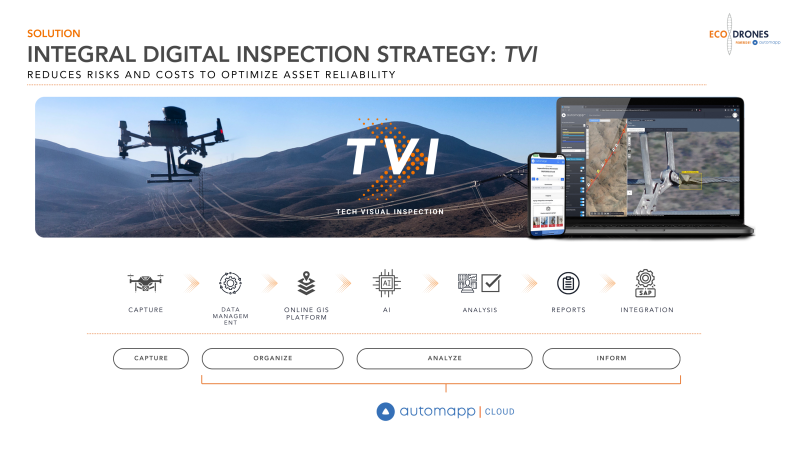
Drones can capture immense amounts of data, but if we don’t have an adequate data management system, that information is just an overload for human evaluators and teams required to make high-stakes decisions.
“We are working with our customers to determine the best way to make this data available to the engineers who are finally responsible for making the decision of what to do about the respective fault.” Julian clarified. “The goal is to create a process that allows the electric utility to acquire massive visual and lidar datasets at scale with drones, classify and store them securely on the cloud, then place them in the company’s Geographic Information System (GIS). Then, through the work of experienced electrical engineers and supported by automated detections from AI models that recognize the faults, assess their condition, and create an actionable report that will add the information to the ERP (Enterprise Resource Management) of the company in the most automated and streamlined way possible. Only this way can drones and AI scale and become an effective tool, by working together with other key parts of the production chain.”

Today, companies are drowning in drone-acquired data, and the AI models are not yet trained in recognizing every single fault with a high degree of accuracy. It will take time to train the models and to achieve the 95 percent accuracy that is generally recognized as the industry standard.
When dealing with drone-acquired data, there are many issues, such as:
- Scarcity of Fault Data: Critical faults are rare and unpredictable, making labeled datasets sparse and imbalanced. Most available data reflect normal operations or lower risks.
- Noisy Datasets: Time of day, terrain, weather, geography, distance to the tower, type of structure, voltage, and number of circuits can all affect the model accuracy and quality of the training datasets.
- Heterogeneous Data Sources: Integrating data from drones, helicopters, and pedestrian inspections with different sensors requires harmonizing formats, sampling rates, and resolutions. The way the images are acquired plays a crucial role in the quality of the analysis.
- Privacy and Security Constraints: Utility companies may restrict access to sensitive grid data, limiting opportunities for collaborative model training. Each company has its own data privacy policies that require strong compliance, making available training data even more scarce.
“This is why we have spent years developing our own flight methodologies to acquire the images. This might seem trivial, but the consistency of the captured image is crucial when teaching AI to recognize faults,” Julian said convincingly. “The orientation of the conductor or the background on the image plays an important role in the ability of the AI model to recognize a particular fault, so to make the most out of our datasets, we can use augmentations and other techniques to increase the number of images that we use to train a model for each particular fault.”
It is widely believed that there are 60 to 70 different faults that need to be monitored, such as broken strands in conductors, missing glass insulators, rust in certain areas of the tower, corrosion, structure deformation, vegetation encroachment, and many others, each with its own levels of degradation and criticality. This is why it takes years of experience for electric engineers to perform condition assessment for power lines.
“Imagine if we have to train an AI model to recognize each and every one, with a high degree of accuracy, regardless of the sensor being used. It’s a monumental task, and that’s why we are very selective and strategic on which faults to automate,” Julian concluded.
Companies such as Ecodrones are working to create immediate value through visual inspection software and innovative methodologies, which include AI models that empower humans, are reliable, and work in tandem with every area of the electric utility responsible for delivering the energy to the end user.

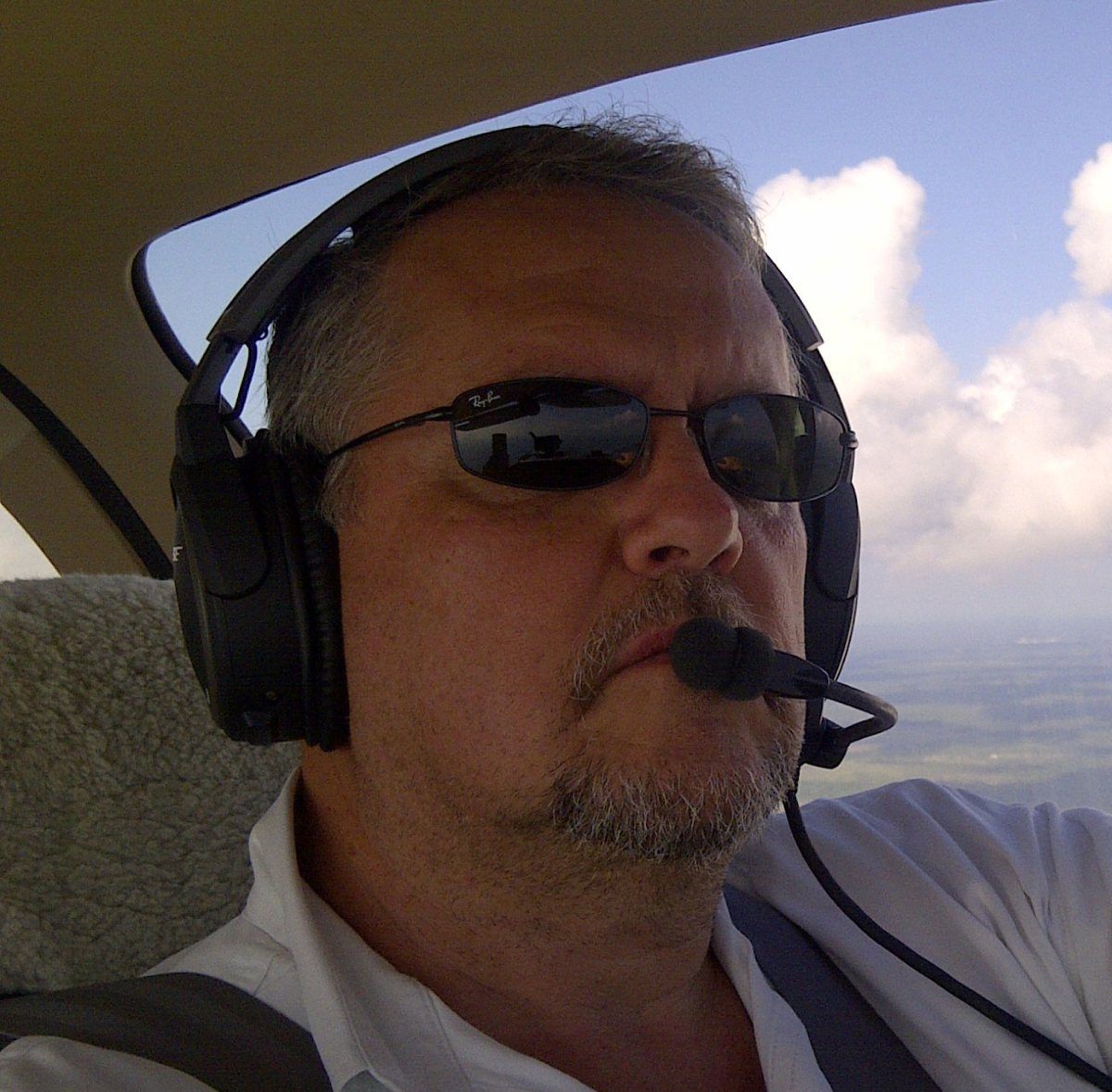
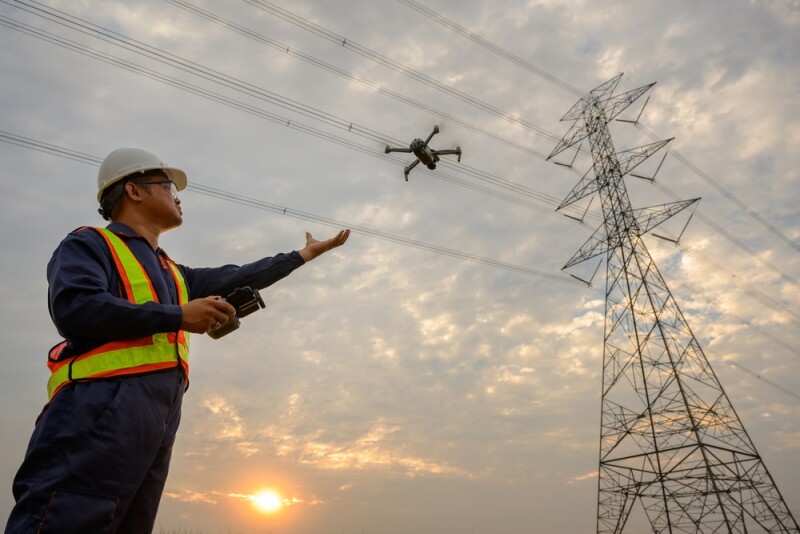


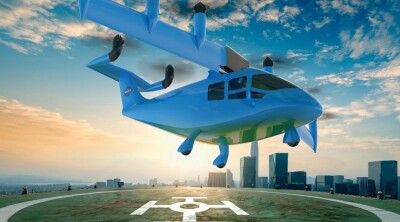






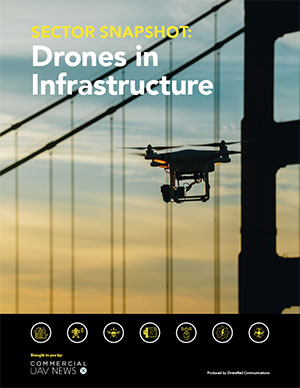
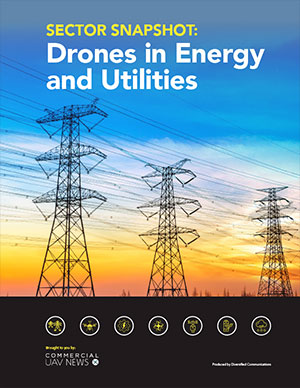

Comments